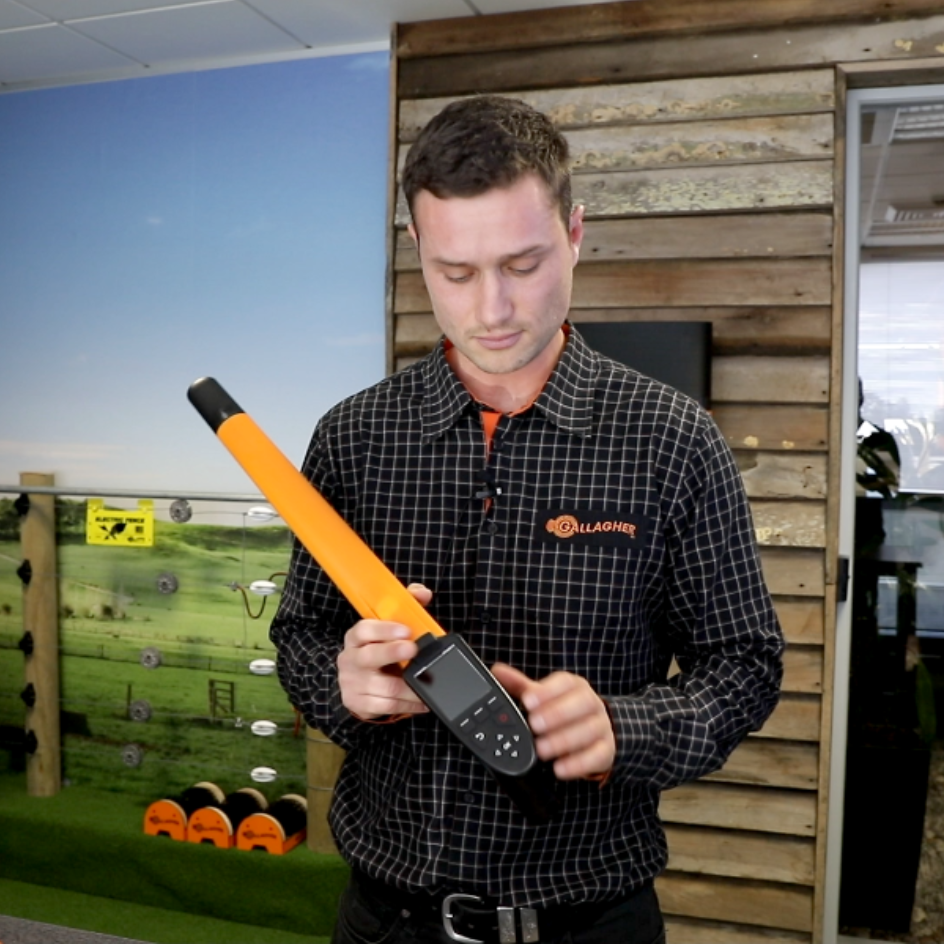Farming technology makes animal tracking and tracing easy
Thursday, 01 September, 2022

With consumers demanding to know more about the provenance and safety of their food and disease threats like foot and mouth a reality, biosecurity in our agricultural industry is more important than ever. The pressure is on farmers to track and trace their animals. It makes sense, but it’s more work and the gains can be difficult to quantify. Gallagher Territory Manager Tom Fitzgerald believes that new livestock technology has many benefits for farmers when it comes to tracking and tracing. It’s all part of Gallagher’s new Cloud-based weighing and EID system.
“As we’ve seen with Covid, an interconnected world can be quite a fragile place. Bad things are easily transferred. In agriculture, all it takes is the transportation of one sick animal for an outbreak to get out of control," Tom explains. “That’s why we have the National Animal Identification and Tracing (NAIT) programme. Every animal must be traced and its movements tracked. But that’s a lot of information to be recorded and submitted. I’ve seen farmers do it manually, which is hard work! To read the ear tags, they first have to clean the muck off. Then they read out a 10-digit number, loud enough for someone else to write it down. Then they have to type up these 50 numbers and upload them to the NAIT database. Not exactly rewarding work, but for the protection of the industry, it needs to be done, and failing to do it can be costly for farmers in more ways than one.”
Like an extra farmhand
Tom’s job is to make life easier for farmers. He does that by giving them equipment and technology that streamlines and automates work that would otherwise be labour-intensive. Hand-held tag scanners and the free Gallagher Animal Performance app are perfect examples.
“When animals are brought in for weighing, all a farmer needs to do is scan the ear tags with our hand-held reader. Every scanned number can then be uploaded to the Gallagher app on their phone, and with a simple screen tap, these figures can be sent through to NAIT. Job done. It’s like having an extra person helping out.”
Poor coverage? No worries!
Tom knows farmers whose location provides little or no mobile coverage. How does the Gallagher NAIT system work without connectivity?
“Even with poor coverage on the farm, the Gallagher scanner still captures tag data. To complete the data transfer, farmers simply need to connect to their phones when they’re back in Wi-Fi coverage. It’s very easy.
Hands-on training
Many farmers want the tech advantages, but they’re unsure how they’ll go with the equipment. They fear they’ll get bogged down trying to figure it out, and that the new gear will end up collecting dust in the corner of a shed. Tom understands.
“I never leave a farm crew to muddle their way through. I sit down with the whole team, and I train them how to use the gear. It’s all hands-on. If they need a refresh session down the track, we can do that. I’m actually heading back to two stations next week to retrain their teams. All that matters is that farm life is made easier. My job is to make that happen.”